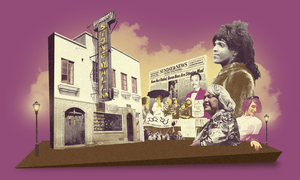article
Confronting the Weaponization of Whiteness in Classrooms

As viral racist incidents quickly disappear from public discourse, we challenge white teachers to keep those moments top of mind and reflect on their own biased behaviors in classrooms.

